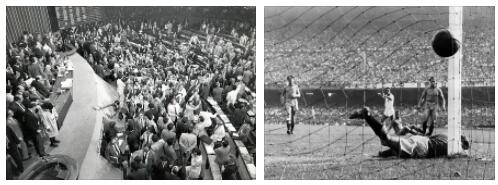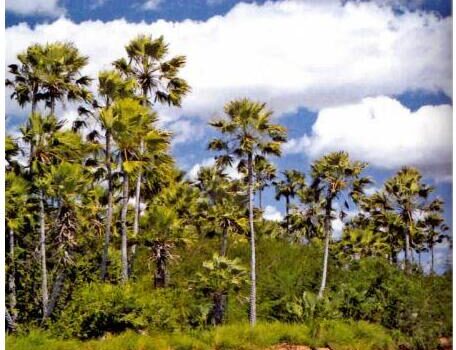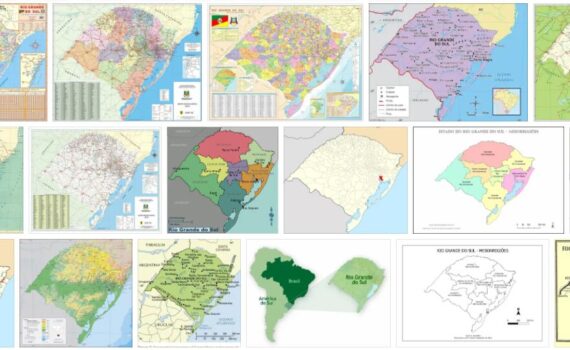The new constitution was promulgated on July 16, 1934 and on the 17th the Assembly elected Getulio Vargas as president for a four-year term. The general tone of the constitution did not satisfy the progressive elements of the country, both the democratic ones and the authoritarian and nationalist ones. Thus, […]
Brazil
A gradual political transformation has taken place in Brazil over the past decade. Through unrest and revolutions, industrial developments and ruinous agricultural crises, struggles and reactions of progressive and conservative currents, Brazil has embarked on a more orderly and intense state life, improving relations between social classes, attenuating the particularities […]
Located in the transition between the caatinga and the Amazonian domain, Mata dos Cocais occupies land in the northeastern subregion called Meio-Norte, in the states of Maranhão and Piauí. The vegetation is associated both with the equatorial climate that appears in the west of Maranhão, and with the tropical semiarid […]
Mato Grosso, center of South America, is the third state in the country in territorial dimension, with 901,420 km2. The demographic density (person / km2) is low, 2.76, when compared to other more populous states in Brazil. The rate of urbanization in Mato Grosso follows the national rhythm, surprisingly showing itself […]
Agriculture and Livestock With a dizzying expansion of its culture in the 1970s, soybeans became the main agricultural product in Rio Grande do Sul. The production area is widespread throughout the northwestern quadrant of the state and comprises some portions of the central depression and especially the basaltic plateau. Wheat, […]




